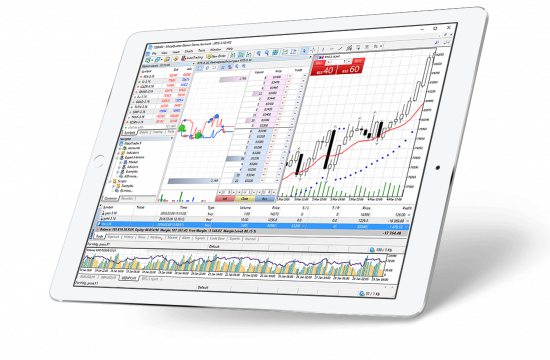How long will it be before APAC has the world’s fastest-growing financial markets? With leading FX, equity and derivatives trading hubs in Hong Kong and Singapore, as well as strong commodity trading in Australia, the region is leading the way in financial innovation. Perhaps a more apt question, therefore, is, what is holding growth back?
For a trading ecosystem to flourish, there must be liquidity demand in a market and a robust trading infrastructure to facilitate it. This prerequisite is felt acutely in FX markets and acts as a cautionary reminder of why several local markets in the APAC region have yet to achieve meaningful growth.
FX is a global market with shared similarities across participants, regulations, and customer demands. But the two most established FX markets, the US and Europe have key differences to APAC in terms of FX liquidity and risk management. The prevalence of these differences and the lack of infrastructure to effectively cope with them is hindering the efficiency of the currency markets.
For local banks and brokers to effectively aggregate liquidity demand from regional investment managers and corporations, improvements in tech infrastructure must advance to match FX counterparts in EMEA and North America. While firms in APAC are gradually moving toward greater electronification, the change isn’t rapid enough. Some institutions are taking multiple bites at the cherry in an attempt to patch together an electronic system, all of which are costly and inefficient.
Another important difference is the cross-border activity between the many countries that constitute APAC. As the region becomes ever more interconnected, the activity across borders is increasing. While the US has the dollar to transact across internal state borders and Europe has the Euro and a series of well-established currency channels, APAC has multiple currencies, all with different levels of liquidity and price volatility.
Developments in Singapore offers reason to be optimistic. As recent headlines demonstrate, many of the leading eFX market makers are placing a stake in Singapore ground and made a public commitment to build local pricing engine infrastructure. This is an attractive proposition for institutions seeking better price discovery and enhanced liquidity in the Asia time zone. But for regional participants to take advantage of alternative sources of liquidity, a shift from pricing and processing transactions manually needs to occur.
This is especially important when you consider the boom of e-commerce in the region, not to mention individuals sending money back home to different countries, both involving smaller sums exchanging across borders on a more regular basis and would greatly benefit from automation.
To evolve FX markets in APAC, the aggregation of liquidity demand and implementation of trading infrastructure must be driven by technology. Regional banks and brokers with their local expertise need access to FX solutions that allow them to match more orders via a credit network with other participants at the same time as connecting them directly to counterparties. Additionally, a greater focus on digital transformation will allow them to compete and optimally serve local corporate and institutional customers using advanced FX workflow and trading capabilities. Some technology providers, such as Integral, can enable both areas of the proposition.
Advancements in eFX cloud technology enable market participants anywhere in the world to connect with diversified liquidity sources and scale sophisticated workflow at an accelerated rate. This is the reality in other regions, so why not now in APAC?
Not only would this open up more liquidity for participants big and small, but it will enable banks and brokers to increase their share of the pie at a lower cost. To replicate the eFX success seen in other regions, it’s time for APAC to go digital.
By Vikas Srivastava, Chief Revenue Officer at Integral











